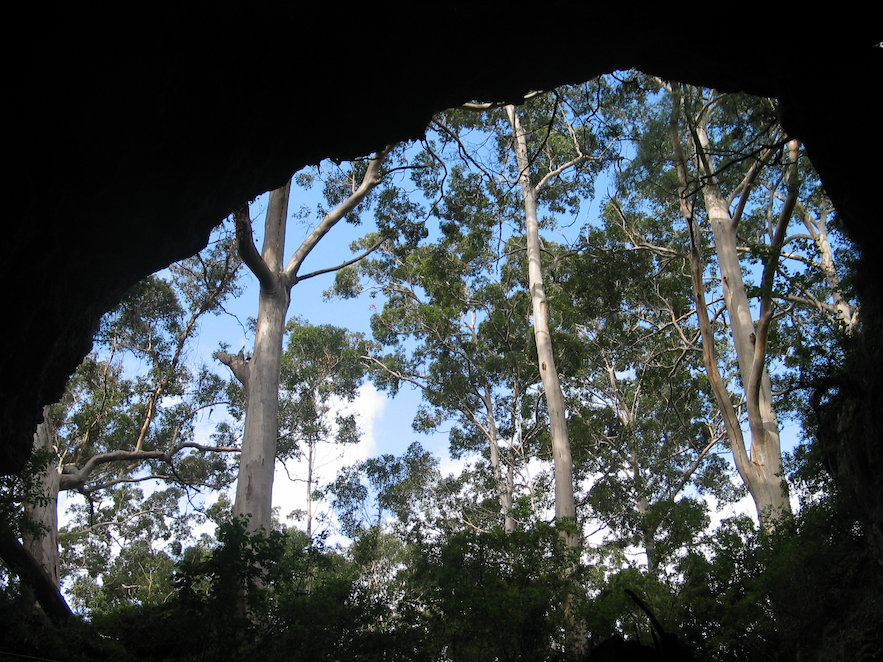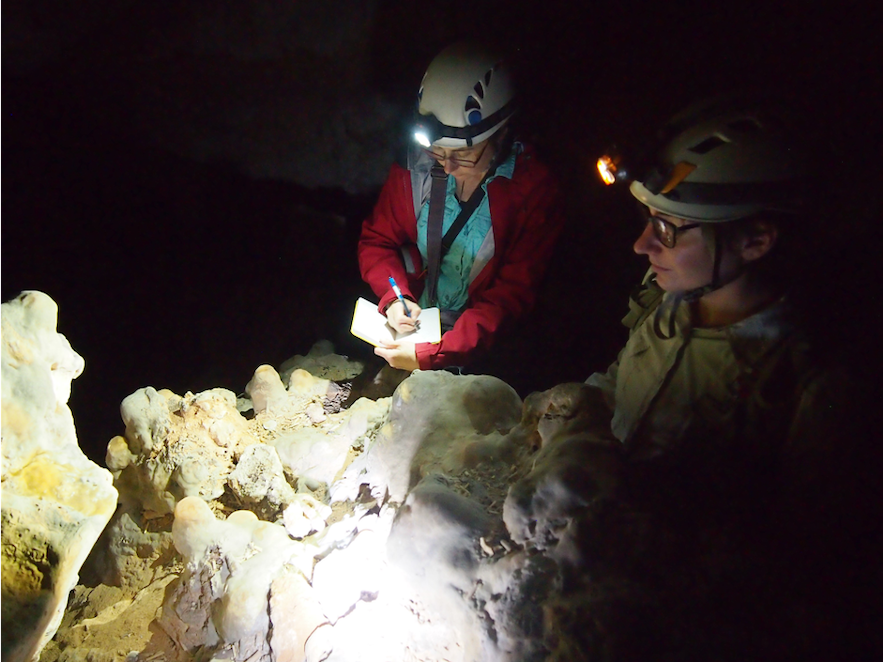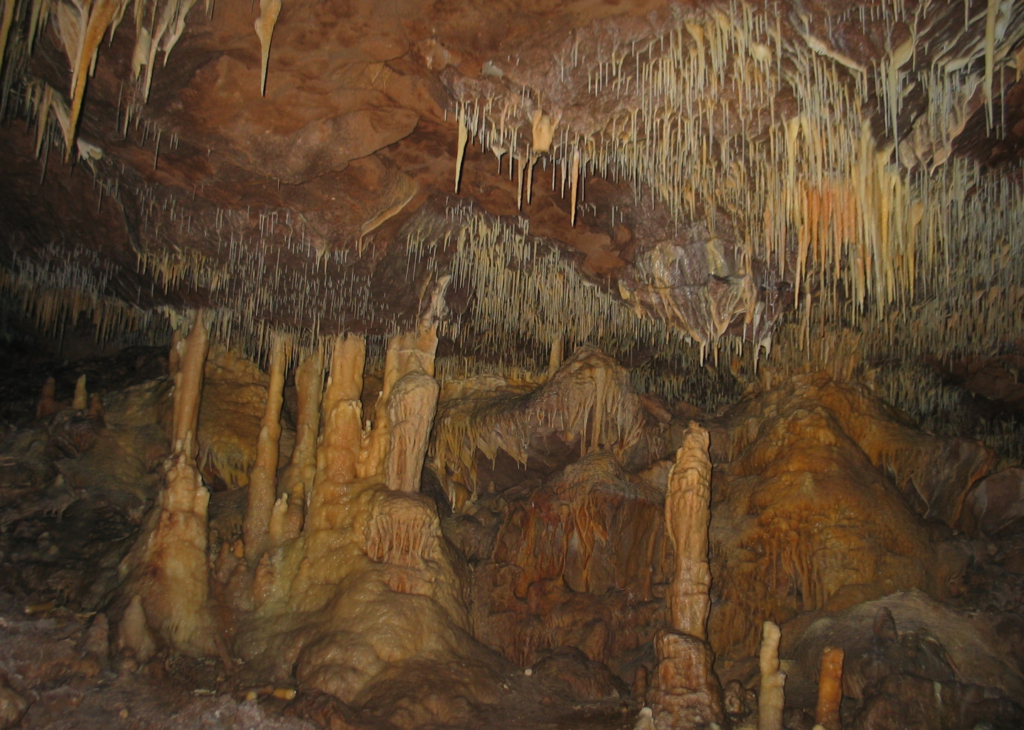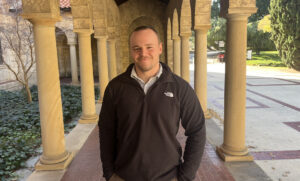In the heart of WA’s South West, scientists have spent hours studying stalagmites to check whether the state’s groundwater sources are being replenished by rainfall.
And the most recent collection of data is creasing some eyebrows.
DEEP DIVE
The research was conducted by a team of environmental scientists led by Dr Stacey Priestley from the CSIRO and Dr Pauline Treble from ANTSO.
Their goal was to determine if rainfall was sufficiently refilling – or recharging – local groundwater.
Their findings, published in Nature Journal, were grim.
“This reduction in recharge that we’re seeing at the moment is unprecedented for at least the last 800 years. So it is a significant finding,” says Stacey.
UNEARTHING HISTORY
The team spent hours exploring the caves near Margaret River.
While underground, they studied stalagmites. These structures are formed as water moves through the local cave system to nearby groundwater. The process is more commonly referred to as ‘groundwater recharge’.
Stalagmites contain different oxygen isotopes, which are commonly used to measure and record rainfall data.
“As the water drips through the cave, you can collect the water in the cave and analyse that,” says Stacey.
“But also, as it then drips from the ceiling and onto the ground, it deposits carbonates, forming stalagmites.”
And since the oxygen is preserved in the carbonate, scientists can use the oxygen isotopes from the cave to get a detailed record of what has happened over time.
DWINDLING RAINFALL
In WA’s South West, groundwater recharge mainly comes from rainfall.
Lately, the region has experienced a gradual decline in annual rainfall so researchers were expecting some impact on local groundwater recharge.
“There’d been a well documented rainfall decrease in South West Australia measured since about the 1960s,” says Stacey.
“We know that groundwater resources are under quite a lot of pressure, especially in Australia. That pressure or projected use is expected to increase over time.”
What researchers didn’t expect was the large scale of the impact. This is concerning as groundwater recharge system provides around 75% of the total water supply for the South West region.
“Managers need to take these rainfall declines and the decline in recharge into account when managing this resource,” says Stacey.
RAINFALL REVELATIONS
Stacey believes this research highlights the importance of tracking groundwater levels.
“As [the] climate changes, we need to continue to understand rainfall, temperature changes and also how that does impact our environment, especially looking at recharge and groundwater,” she says.
“You can’t manage it if you don’t know how it works or what the interactions are.”
LIQUID TIME MACHINE
The team is currently using other samples taken from nearby caves in the region to delve further into the past – about 10,000 or 11,000 years to be exact.
Results are expected in the next six months.
“Groundwater itself can be thousands of years old so understanding its history is just as important as understanding what’s going into it now,” she says.
“It might give us a good indication of what we can expect.”











